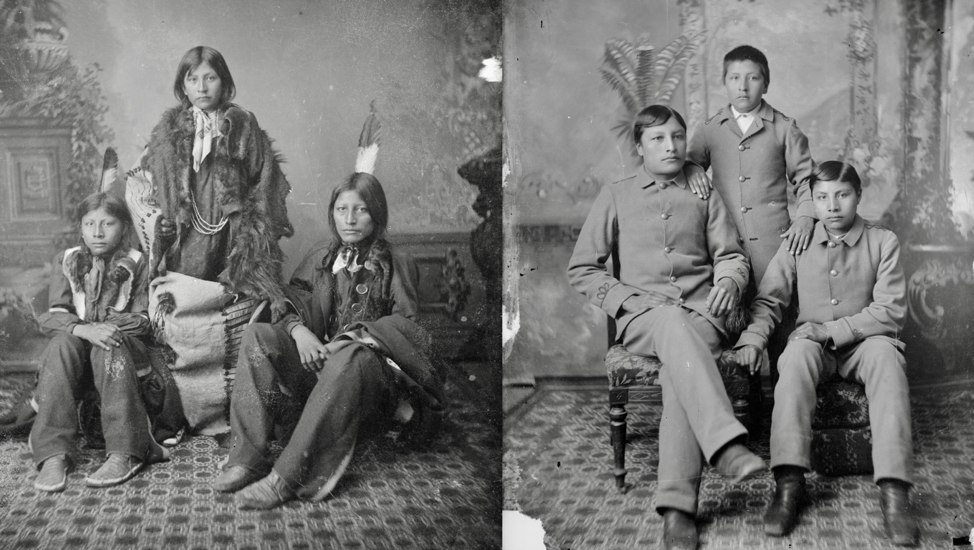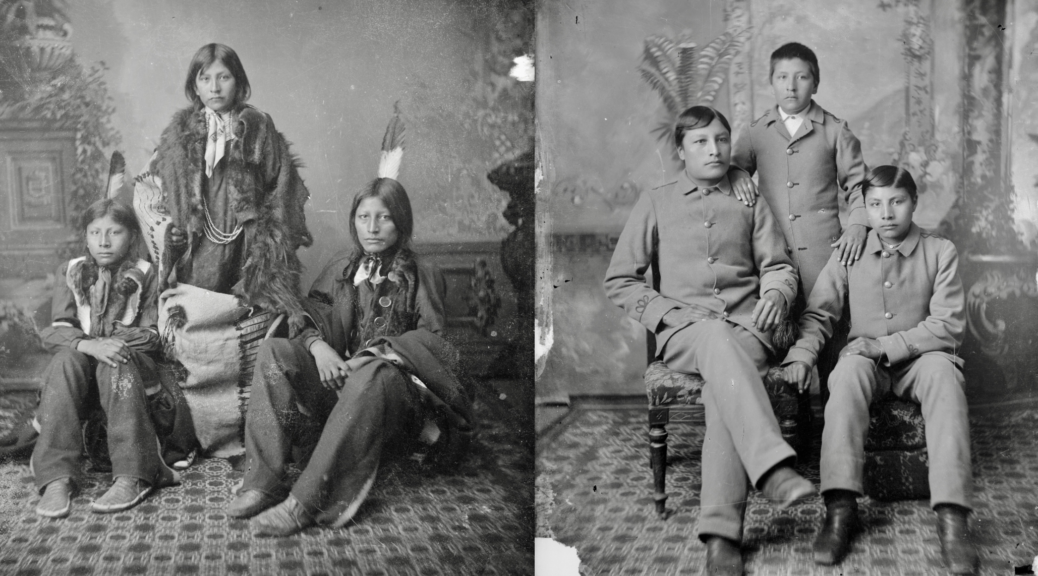Kill the Indian, Christianize The Man
The efforts to help Native Americans include the campaign to ban their spiritual practices and convert their children to Christianity. Adapted from Sacred Liberty In 1866, the “good guys” were the Christians who merely wanted to annihilate the Native Americans’ religion. It was a strange turning point in white America’s relationship with the Indians. The Native Americans had been pushed farther west. Disease and war had dramatically reduced their numbers. The buffalo population had been so decimated that the Indian…

